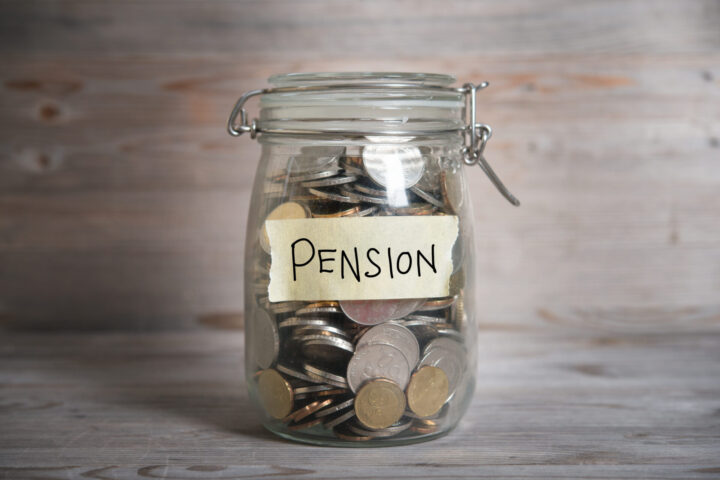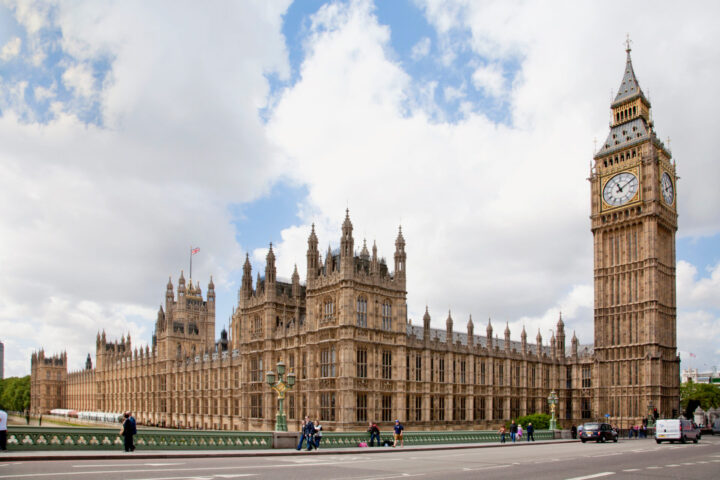The proportion of pensioners receiving income-related benefits has nearly halved since 1995, falling from 37% to 20% in 2024, according to the Department for Work and Pensions (DWP).
The drop was attributed to rising incomes from the State Pension and private pensions, which reduce eligibility for means-tested support.
The report showed that average weekly incomes for pensioners after housing costs have almost doubled over the past three decades, rising from £206 in 1995 to £407 in 2024.
However, this figure has remained largely unchanged since 2010, when it stood at £392.
Pensioner couples had significantly higher incomes than single pensioners in 2024, averaging £595 per week compared to £282.
In addition, the report from the DWP found that younger pensioners were better off than older ones.
Those under 75 had an average income of £455 per week, while those aged 75 and over had £372.
The report linked this to differences in employment and pension arrangements, with younger pensioners more likely to be in work or to have access to better occupational pension schemes.
15% of pensioners continued to receive income from earnings in 2024, with an average income of £425 per week among this group.
Defined benefit workplace pension schemes, which provided more generous payments, have declined in availability over time, as only 4% of such schemes remain open to new entrants.
Defined contribution schemes, now more common, have lower contribution levels.
The report also revealed that coverage in private sector workplace pensions began to increase only after the introduction of automatic enrolment in 2012.
62% of pensioners received occupational pension income in 2024, up from 57% in 1995, while 70% received private pension income, a rise from 59% in 1995.
The proportion receiving personal pension income increased from 4% in 1995 to 17% in 2024.
Investment income was received by 61% of pensioners, although this was a fall from 73% in 1995.
The number of pensioners with earnings income rose from 11% in 1995 to 15% in 2024, as single female pensioners had lower incomes than single males, averaging £278 per week compared to £292.
They were also more reliant on benefit income, which made up 59% of their gross income, compared to 51% for single males.
The gap in incomes between single male and female pensioners has narrowed over time.
Regionally, incomes varied across the UK. Pensioner couples in Yorkshire and the Humber had the lowest average incomes, 9% below the UK average of £597, while those in the South East had the highest, at 11% above the average.
Among single pensioners, those in London had the lowest average incomes, 8% below the UK average of £282.
Stephen Lowe, group communications director at Just Group, said: “The data shows that the average pensioner was no better off in 2023/34 than they have been for most of the last 10 years.
“Pensioner couples have seen gross incomes flatline over that period while single pensioners have seen a modest 5% rise.
“During that time the contribution of State Pension and other benefits to overall income has increased a little for couples but remained flat for singles.
“Half (50%) of pensioners are in the top half of the overall population income distribution which is about the same as a decade ago, but compares to 38% in 1995.
“The State Pension and other benefits continue to be the bedrock of retirement finances, making up 37% of gross income for pensioner couples and 56% for pensioner singles.
“In fact, more than half of pensioner couples and four fifths of singles receive more than half of their income from the State.”
He added: “The figures reinforce the message that building up private pension is the key to having a better standard of living later in life.
“It also underlines the importance of people approaching retirement to think carefully about how to generate a sustainable income, taking regulated advice and making use of resources such as the government’s free, independent and impartial guidance service Pension Wise will help.”

















